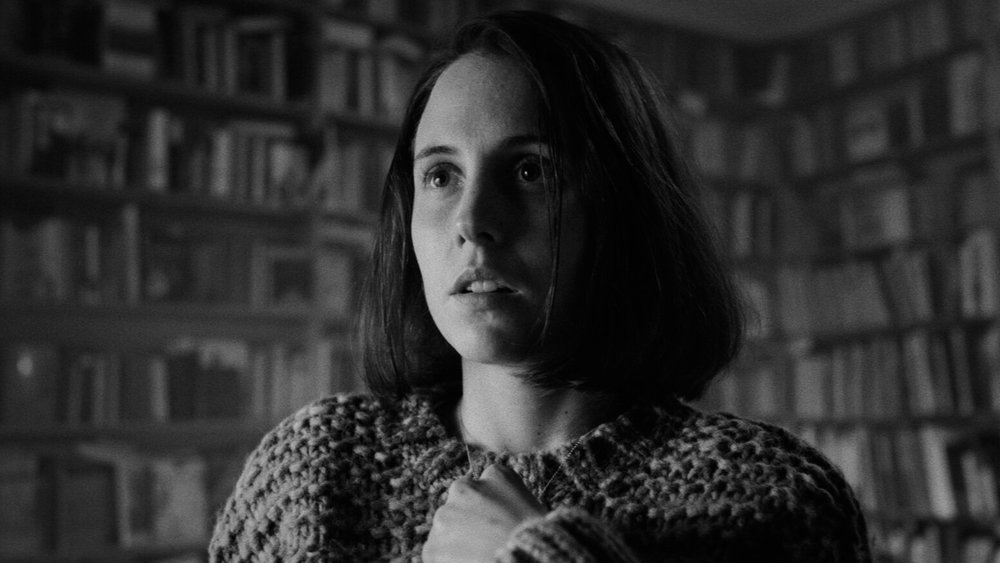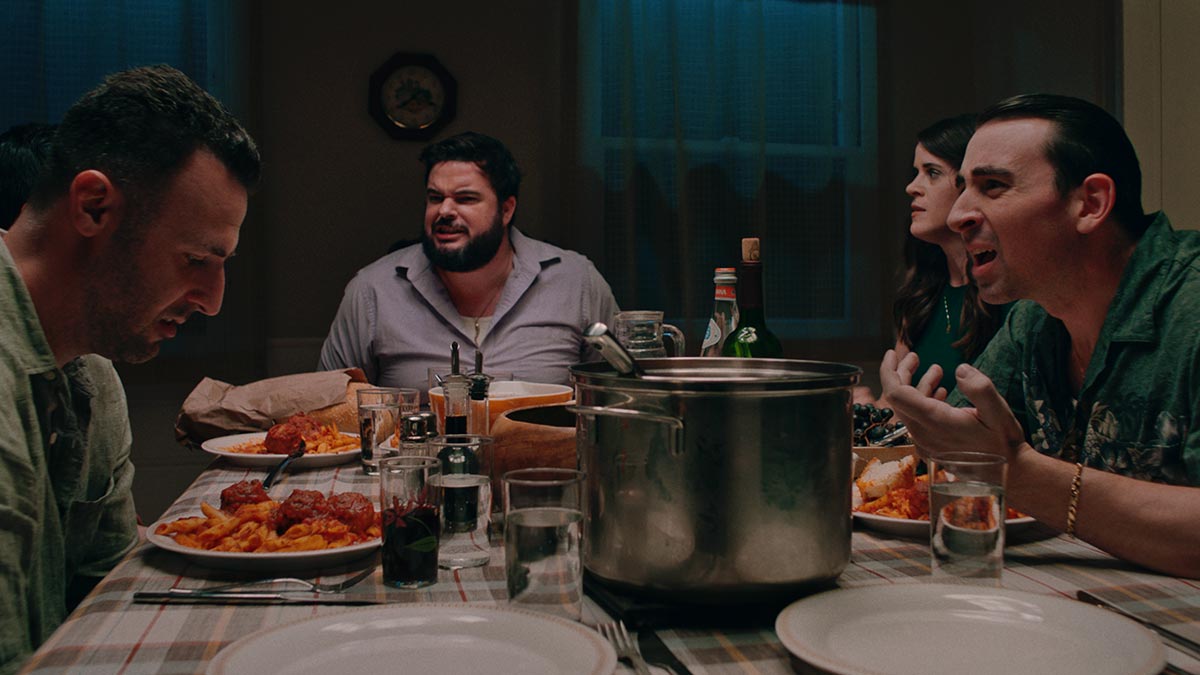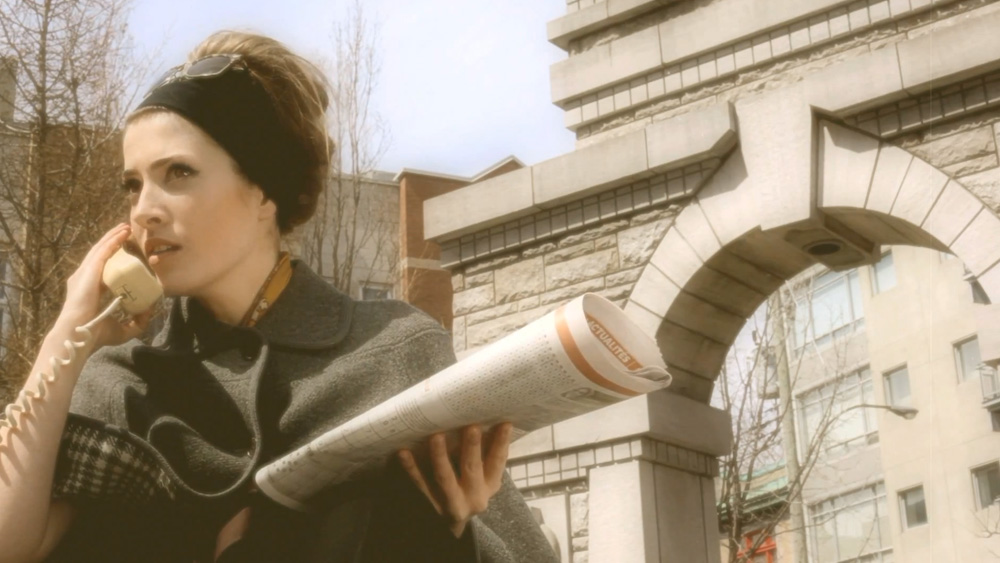Salomé is caught up with her past and the situation comes to a head. In order for him to have only beautiful memories of their love, she ends Jonas life.
Director Aaron Markus Graf creates a dark and harrowing setting in his short film ‘Sunday Poem’. The story follows Salomé, a woman who fears her own limits, broken and haunted by past events. When it comes to a quarrel with her boyfriend, she shows a previously unknown side. A side that will only cause him grief and pain. Salomé (played by Laura Farisè) is caught up with her past and the situation comes to a head. In order for him to have only beautiful memories of their love, she ends Jonas life. So she can never cause him further pain and sorrow.

Can you tell me a little bit about Sunday Poem, how did this film come about?
I shot the film as part of my bachelor degree. When I heard the song “Stick Around- Lukas Graham” on the radio one day, I came up with the idea for this film. I wrote the first draft within one day. For me it was exciting to portray the pain that every person carries inside. In this case, to show the situation of how far a person would go to protect a loved one from oneself.
As a writer/director are you open to changes or suggestions when you start shooting or do you like to stick to what has been written?
I invested a lot of work in the preparation and planned as much as possible. So I didn’t have to explain anything to the crew on set. One of the reasons for this was that the direction, cinematography, part of the production and production design was done by me. On the set itself I worked closely with the ideas of the crew and actors. It’s important to me that even when I carry an idea, it’s a collaborative creation of a world. Film is a team effort and without the team it would not have been possible. So the story reshapes itself during the shoot and the script remains only as a base for me.
What was the most challenging scene for you to film?
From the director’s point of view, it was the murder scene in the bathroom. It was quite late, we had had a hard few days and the crew was tired. In addition, the location was small and on the 4th floor in a building without an elevator. For the actors it was something new to shoot as scene like this. Discretion and accurate communication was very important for everyone’s well-being.
What made you chose black and white over color?
I designed and shot the film in color. In the grading sessions with Lukas Schaller we were at a desperate point because the film didn’t feel visually consistent. As a joke, he showed me Mad Max in monochrome. Then we tried black and white for fun and left it at that. It worked amazingly well and gave the film another level to the feeling I wanted to create.
Which films you can say directly inspired this film?
There was no direct film. It was more different influences that shaped the look. I can’t say exactly which film inspired this film.




